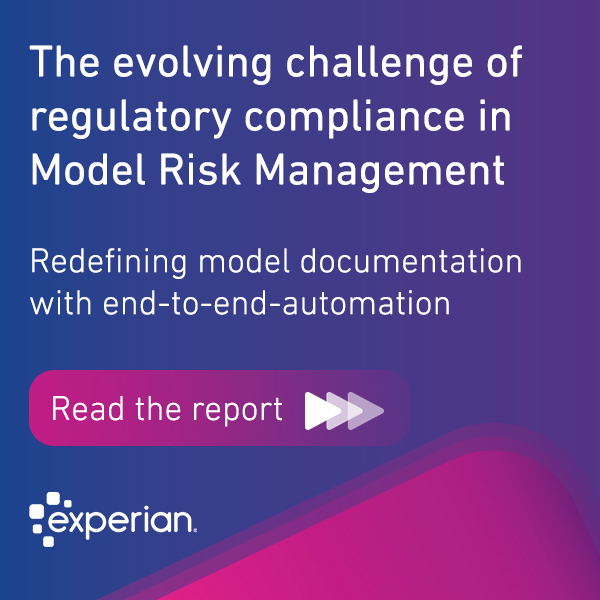There’s been lots of discussion about what a return to normal will look like as we transition out of the global pandemic—and much remains up the air. However, our recent consumer and business surveys paint a picture that merits the attention of financial service and credit companies. The big takeaway: The Covid-19 crisis has bifurcated consumers, created extremes on both sides.
On the one hand, many individuals coming out of the pandemic have more cash than they had going in. The crisis didn’t impact their income, and instead, they’ve spent the year spending less than they usually would due to work-from-home mandates and local lock-downs. Our consumer survey from January 2021 shows that financial challenges have eased for younger consumers and higher-income households. Yet, at the same time, there’s also a contingent of consumers who continue to struggle. One in three of our survey respondents reported that they still have financial concerns and a similar percentage are worried about their employment.
We anticipate that the demand for support, service, and credit will be high from each side. So how can companies respond to the heightened need for credit products while continuing to service consumers who may need support? This is where digital solutions make all the difference. By employing digital onboarding and decision automation tools, you can rapidly increase your capabilities while also improving the online customer experience for all.

A return to spending
The U.K. provides a glimpse of what a staggered return to normalcy may look like. When shops and restaurants re-opened for business in mid-April, lines of people streamed out the doors and flooded the streets. With the country’s re-opening culminating in June, many consumers will be looking to resume spending on items and projects that they’ve neglected since the pandemic’s start.
For example, our survey data reveals that consumers are becoming less cautious with their finances in general. Fewer people report that they’re cutting back on discretionary spending and there’s a decline in consumers putting money toward emergency funds and drawing funds from savings accounts. These consumers may be gearing up to spend more. And companies that can anticipate their needs and meet them proactively will be positioned to win and keep their business.
Solutions for pent-up demand
Many businesses are already preparing for this new wave of demand. Consider that eight out of 10 businesses report that they’re turning to cloud-based decisioning applications to improve the customer journey. In doing so, companies are giving themselves much-needed flexibility right when it’s needed most. They can dial up their online capabilities based on demand and then dial down if it drops. At the same time, these automated solutions enable companies to deploy their staff to customers who do require personal attention. It’s a divide-and-conquer model that keeps the customer at the center.
In addition to utilizing the cloud, more than 40% of companies say they leverage AI to improve the customer experience. The AI component enables companies to provide personalized options for consumers and create customer journeys that are far more relevant. The timing for such personalization couldn’t be better. In our research, a growing percentage of consumers indicate they’re willing to share more personal data about themselves in exchange for improved experiences and added value.
Building solutions that work—for everyone
The pending volume creates a significant growth opportunity and highlights why digital solutions are a must. Companies that provide the best digital service to customers will garner their trust, loyalty, and even referrals. This yields more demand, increasing the need for scalable, cloud-based onboarding and decisioning even more.
Amid this activity, you’ll want to focus on getting the most from your digital tools. To do so, consider:
Leveraging data for improved credit outcomes
Evaluate your end-to-end customer journey, looking for ways to utilize data and increase personalization at every juncture. You’ll improve the customer experience and provide more relevant offers. The right data also provides a holistic picture of customer credit risk and ensures you’re not creating problems for the future.
Utilizing low-code solutions so employees can dive in
Digital onboarding and decision automation can be game-changing for the customer experience. But if it’s hard for employees to use, then that effectiveness takes a hit. Look for solutions that your employees can use off the shelf. The ability to generate customizable reports and execute on ideas and strategies without involving IT at every turn is essential.
Recognizing limitations and potential bias
Evaluate your analytics models and look for areas of limitation or potential bias. You want to ensure that you’re providing access to credit to all eligible customers and not inadvertently excluding specific demographics.
Building capabilities that put you ahead of the market
The pandemic provided many lessons—and the value of anticipating demand or potential problems was one of the most important. The crisis is waning, but the financial consequences will continue to reverberate, especially as various government aid programs come to an end. Focus on improving your analytics so that they can better describe what’s happening now and predict pending changes in demand and shifts in your portfolio.
By and large, consumers are moving forward after a challenging year. Prioritize your digital solutions to make sure you can meet their needs regardless of what the future holds.
Stay in the know with our latest insights:




